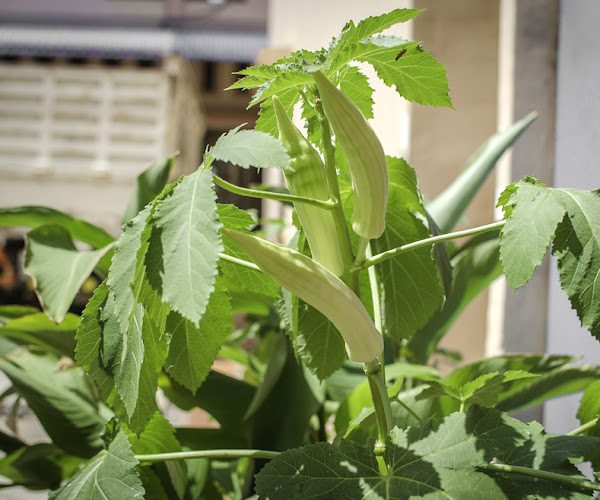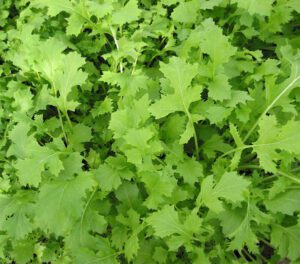Before discussing more about lazy gardening, please let us know what is it. Actually, lazy gardening (also known as low-maintenance gardening) is an approach to gardening that focuses on minimizing the amount of time, effort, and resources required to maintain a garden while still enjoying its benefits. The goal of lazy gardening is to create a beautiful and productive garden with less intensive labor and good production. The main idea behind this gardening practice is to work smarter rather than working harder.
Generally, gardening often perceived as a labor-intensive endeavor. And it has undergone a delightful transformation in recent years. The concept of “lazy gardening” has emerged, challenging traditional gardening norms and inviting enthusiasts to embrace a more relaxed and sustainable approach.

What Lazy Gardening?
Lazy gardening is a type of gardening that which is focused on minimizing the amount of time, effort, and resources required to maintain a garden while still enjoying its benefits. Lazy gardening is not about neglecting your garden, but it actually about redefining the approach to create a harmonious balance between nature and human intervention. It is about not working harder, but working smarter, and allowing nature to take the lead whenever possible. This gardening approach is not only appealing to those with busy lifestyles but also to individuals who want to minimize their ecological footprint while enjoying the beauty of a green space.
Benefits of Lazy Gardening
There are some advantages or benefits of this gardening system. Here we are trying to list the most common and notable benefits of lazy gardening.
- The main benefit of lazy gardening is the time it saves. By designing a low-maintenance garden, you will be able to free up time for other activities while still enjoying a beautiful outdoor space.
- Lazy gardening promotes sustainability by reducing water usage, chemical inputs, and energy consumption. This aligns with the principles of environmental responsibility.
- Creating a garden that mimics nature’s balance fosters biodiversity. A variety of plants attracts different species of wildlife, contributing to a healthier ecosystem.
- Traditional gardening can sometimes become overwhelming, leading to stress. Lazy gardening encourages a more relaxed and enjoyable gardening experience. After planting nature will the next job.
- With fewer inputs required, lazy gardening can be more cost-effective over time. Less reliance on fertilizers, pesticides, and water can result in significant savings. The plants will grow automatically without even any care.





